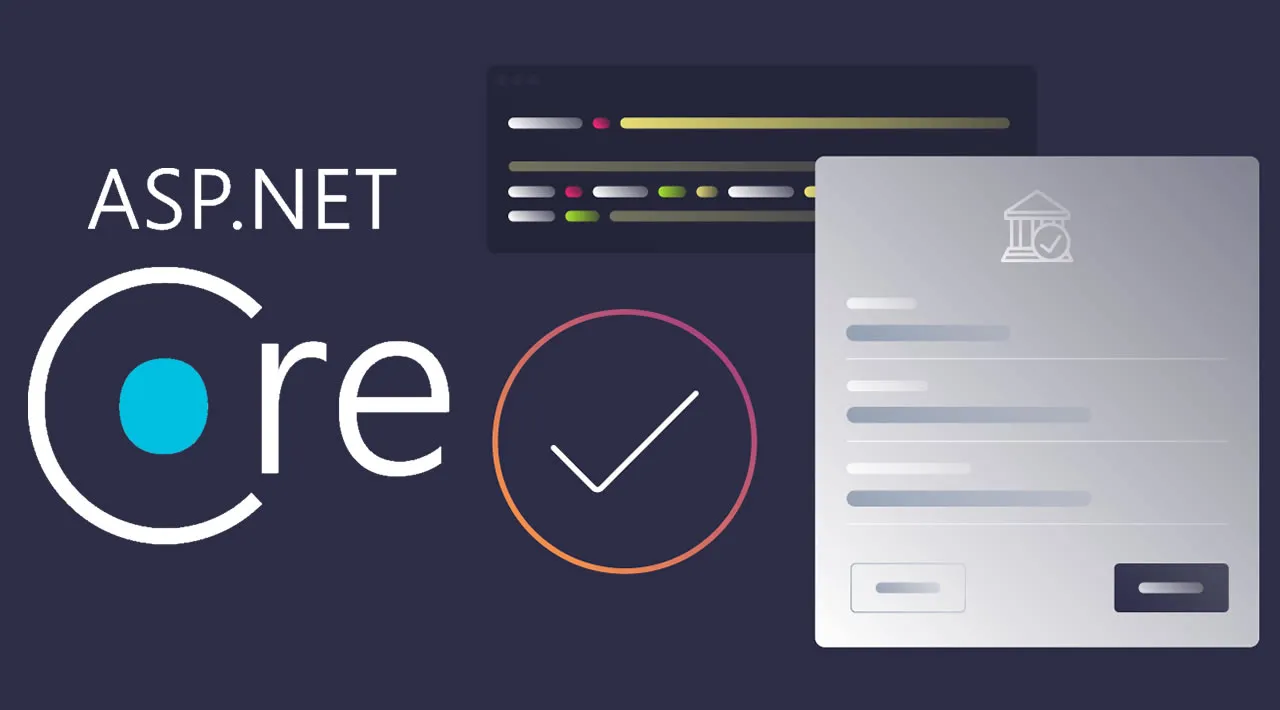This article shows how use verifiable credentials stored on a digital wallet to verify a digital identity and use in an application. For this to work, a trust needs to exist between the verifiable credential issuer and the application which requires the verifiable credentials to verify. A blockchain decentralized database is used and MATTR is used as a access layer to this ledger and blockchain. The applications are implemented in ASP.NET Core.
The verifier application Bo Insurance is used to implement the verification process and to create a presentation template. The application sends a HTTP post request to create a presentation request using the DID Id from the OIDC credential Issuer, created in the previous article. This DID is created from the National Driving license application which issues verifiable credentials and so a trust needs to exist between the two applications. Once the credentials have been issued to a holder of the verifiable credentials and stored for example in a digital wallet, the issuer is no longer involved in the process. Verifying the credentials only requires the holder and the verifier and the decentralized database which holds the digital identities and documents. The verifier application gets the DID from the ledger and signs the verify request. The request can then be presented as a QR Code. The holder can scan this using a MATTR digital wallet and grant consent to share the credentials with the application. The digital wallet calls the callback API defined in the request presentation body and sends the data to the API. The verifier application hosting the API would need to verify the data and can update the application UI using SignalR to continue the business process with the verified credentials.
#blockchain #credential #mattr #aspdotnet core #dotnet core
